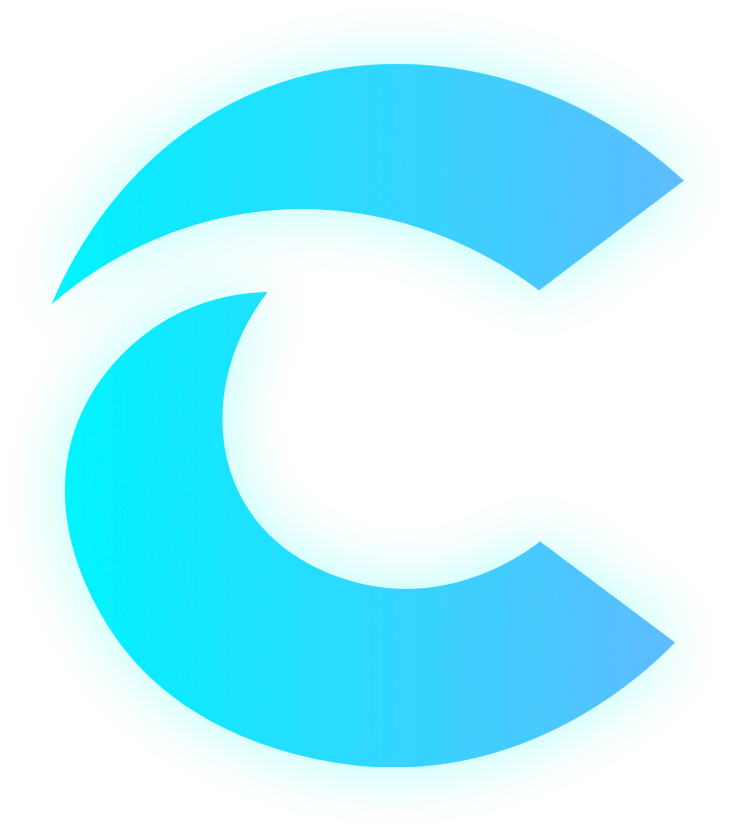So maybe you are just getting into SEO and want to know what On-Page SEO is all about and what on earth it consists of? Or perhaps you are just touching up on your knowledge. Well we have curated a small list of different on-page elements that are vital to keep track off when assessing your on-page SEO.
On-page seo checklist & best practices:
Title Tags – This is what you see when you search for something on Google. It is implemented within the age of your code and is one of the main elements that Google will use when deciding what keyword it is you are targeting. Arguably the most important element when it comes to on-page SEO!
Meta Descriptions – This is the longer piece of text which comes underneath the Title Tag and doesn’t hold as much weight as the title tag does but is definitely still a strong element as well as providing good information to your audience when they are searching.
Header Tags – These are part of your content structure and are very important when it comes to letting Google and your readers know exactly what your content is about. Also referred to as H tags, they start at H1 being the highest priority and go all the way down to H6 tags.
The structure of these should start with your H1 tags at the top of your content with it being the main keyword you are targeting and as you go further down use H2 the H3 tags. It isn’t often you should use anything lower than a H3 tag and these should be longer tailed keywords or phrases.
Keyword Density – This is the density or frequency of the use of your keyword within your text. The optimum percent should be between 1-3%
Image Tags – Since Google can’t read images you have to tell Google what your image is. This is where you insert an alt tag into every image on your page, it is also another opportunity to include a keyword.
User Engagement – An often forgotten part of on-page SEO is how well your users are engaging with your content. These statistics can be seen in Google Analytics. If you have low duration and high bounce rate you should consider making the page more engaging or adding more CTA’s (call to actions) to help increase the amount of time spent on the page since this is always a ranking factor for Google.
URL Structure – When creating new pages keep your URL structure clean. If your page is about ‘Designer furniture in Essex’ make sure your URL reflects this by having is as www.yoursite.co.uk.designer-furniture-essex.
Site Speed – Lots of different practices can be under taken to assure that your site is running as fast as it possibly can. Such as compressed images, correctly structured code and your server speed.
Good Content – Finally, and possibly the most important, make sure you have good, original and engaging content. Google, and more importantly your audience, will love nothing more than amazing content that offers them exactly what they were searching for. Aim to make your content as engaging and informative as possible for the keyword you are targeting.
and there you have it, your key seo practices & elements…
So hopefully you have refreshed your memory or learnt something new when it comes to optimising your site for its on-page SEO. If you’d like to discuss your SEO efforts any further then feel free to start a conversation with us by dropping us an email and we would love to help.



